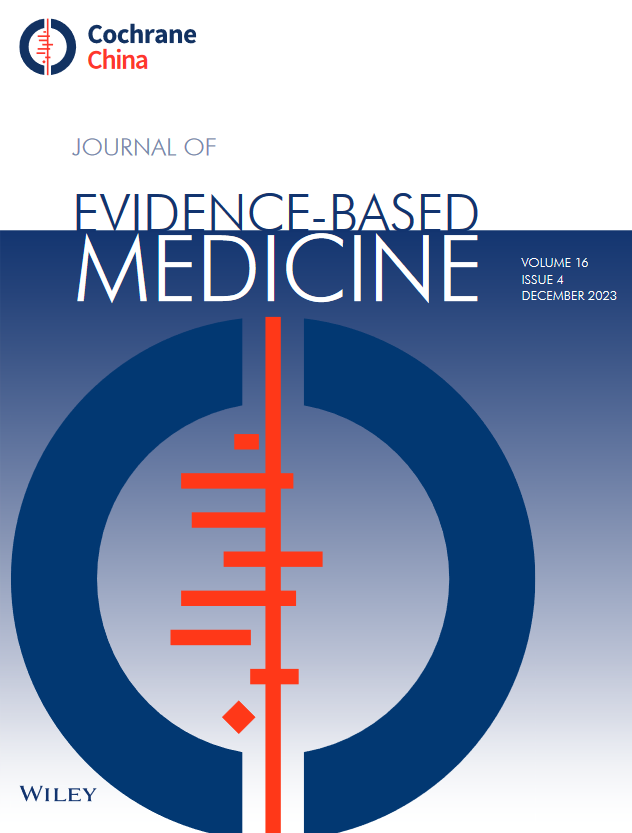Elective-emergency admission control referred to allocating available inpatient bed capacity between elective and emergency hospitalization demand. Existing approaches for admission control often excluded several complex factors when making decisions, such as uncertain bed capacity and unknown true probability distributions of patient arrivals and departures. We aimed to create a data-driven newsvendor framework to study the elective-emergency admission control problem to achieve bed operational efficiency and effectiveness.
We developed a data-driven approach that utilized the newsvendor framework to formulate the admission control problem. We also created approximation algorithms to generate a pool of candidate admission control solutions. Past observations and relevant emergency demand and bed capacity features were modeled in a newsvendor framework. Using approximation algorithmic approaches (sample average approximation, separated estimation and optimization, linear programing-LP, and distribution-free model) allowed us to derive computationally efficient data-driven solutions with tight bounds on the expected in-sample and out-of-sample cost guaranteed.
Tight generalization bounds on the expected out-of-sample cost of the feature-based model were derived with respect to the LP and quadratic programing (QP) algorithms, respectively. Results showed that the optimal feature-based model outperformed the optimal observation-based model with respect to the expected cost. In a setting where the unit overscheduled cost was higher than the unit under-scheduled cost, scheduling fewer elective patients would replace the benefit of incorporating related features in the model. The tighter the available bed capacity for elective patients, the bigger the difference of the schedule cost between the feature-based model and the observation-based model.
The study provides a reference for the theoretical study on bed capacity allocation between elective and emergency patients under the condition of the unknown true probability distribution of bed capacity and emergency demand, and it also proves that the approximate optimal policy has good performance.


